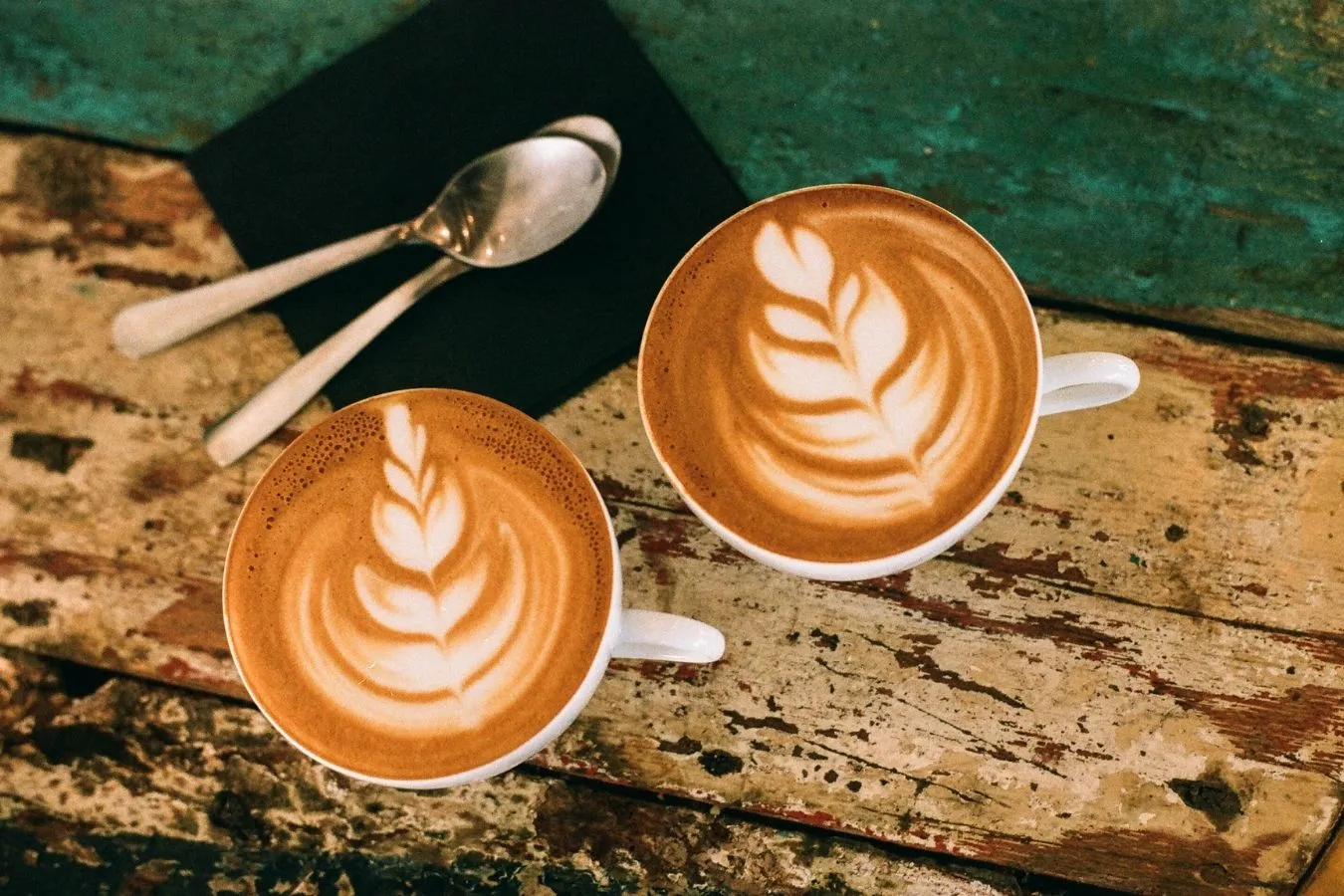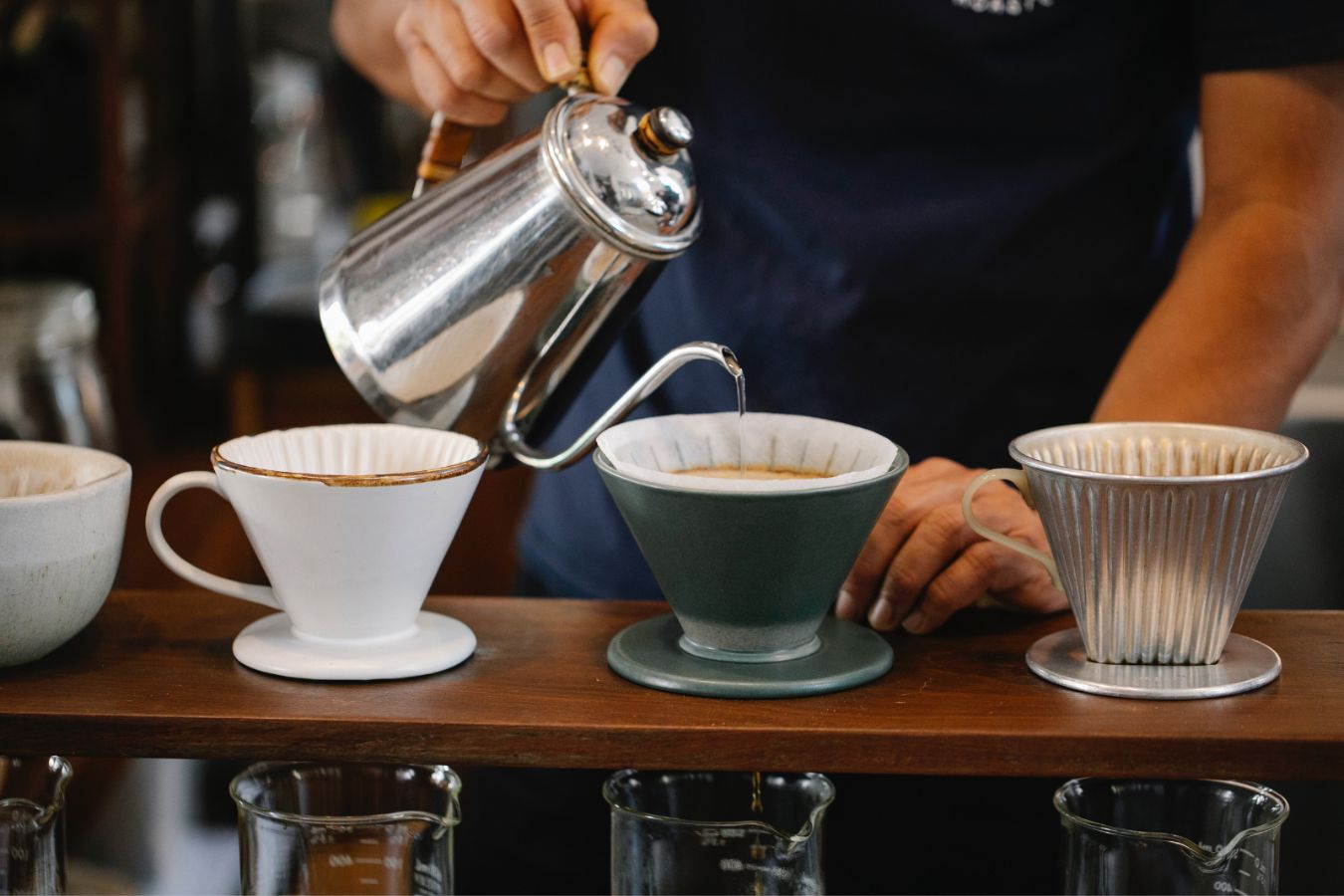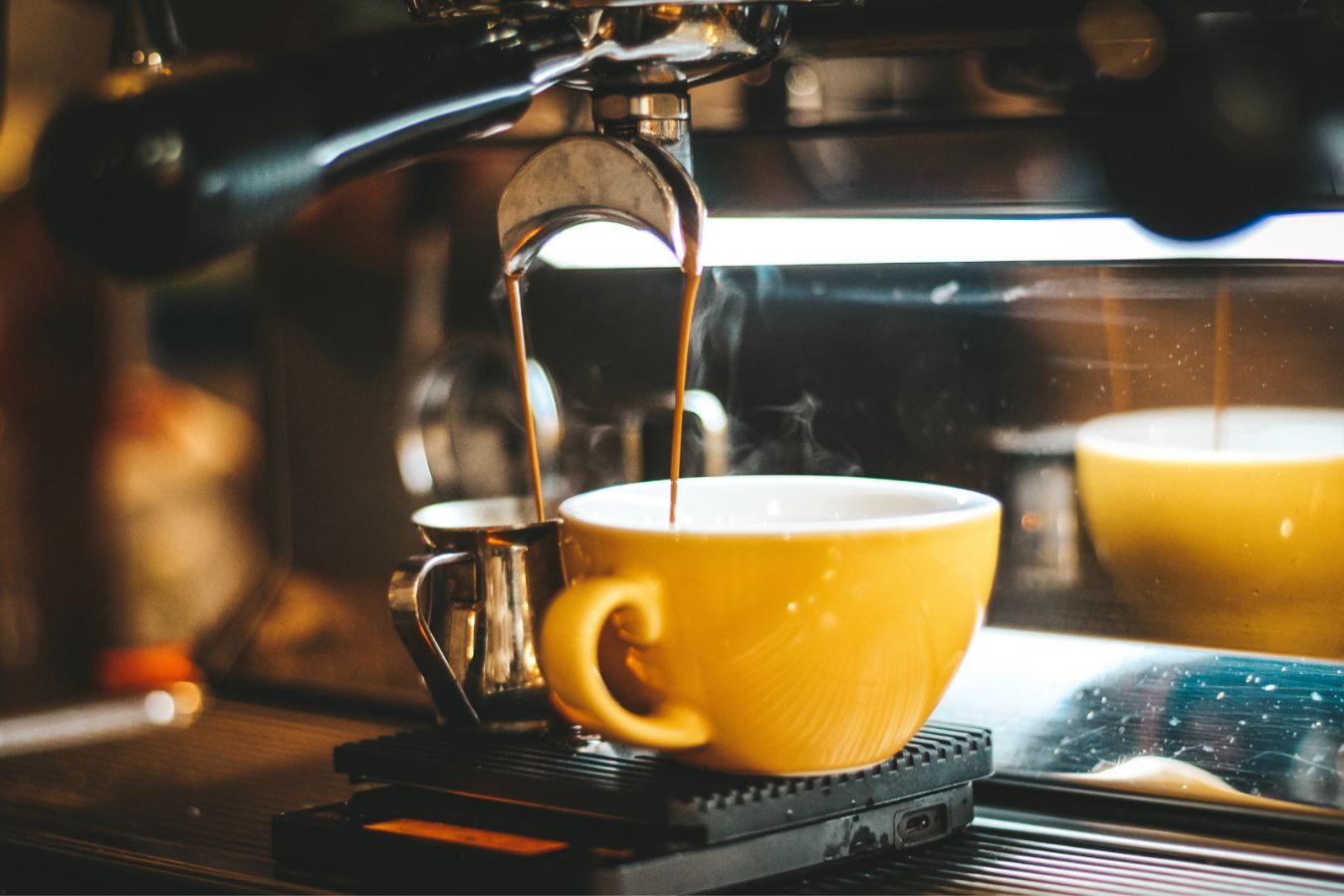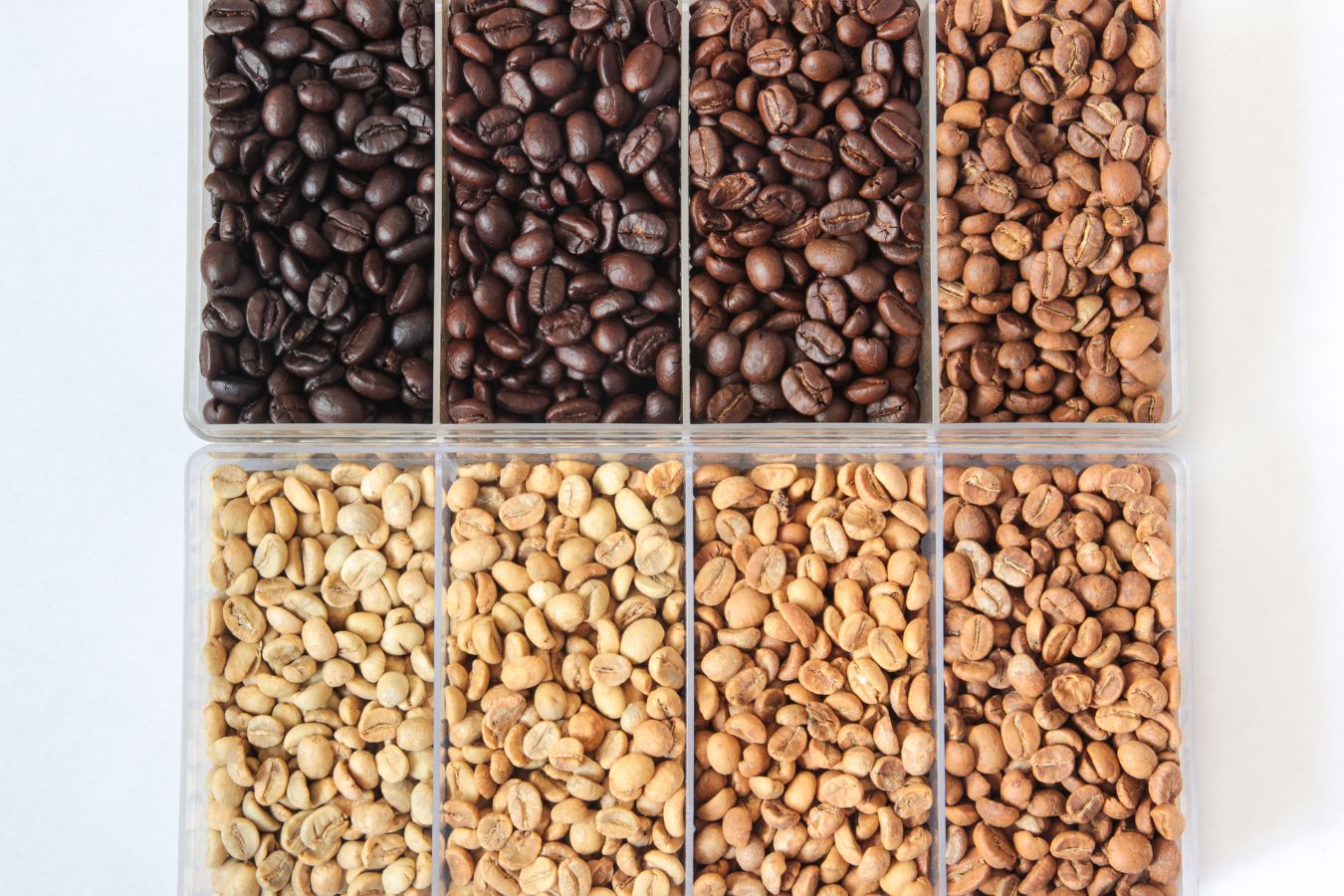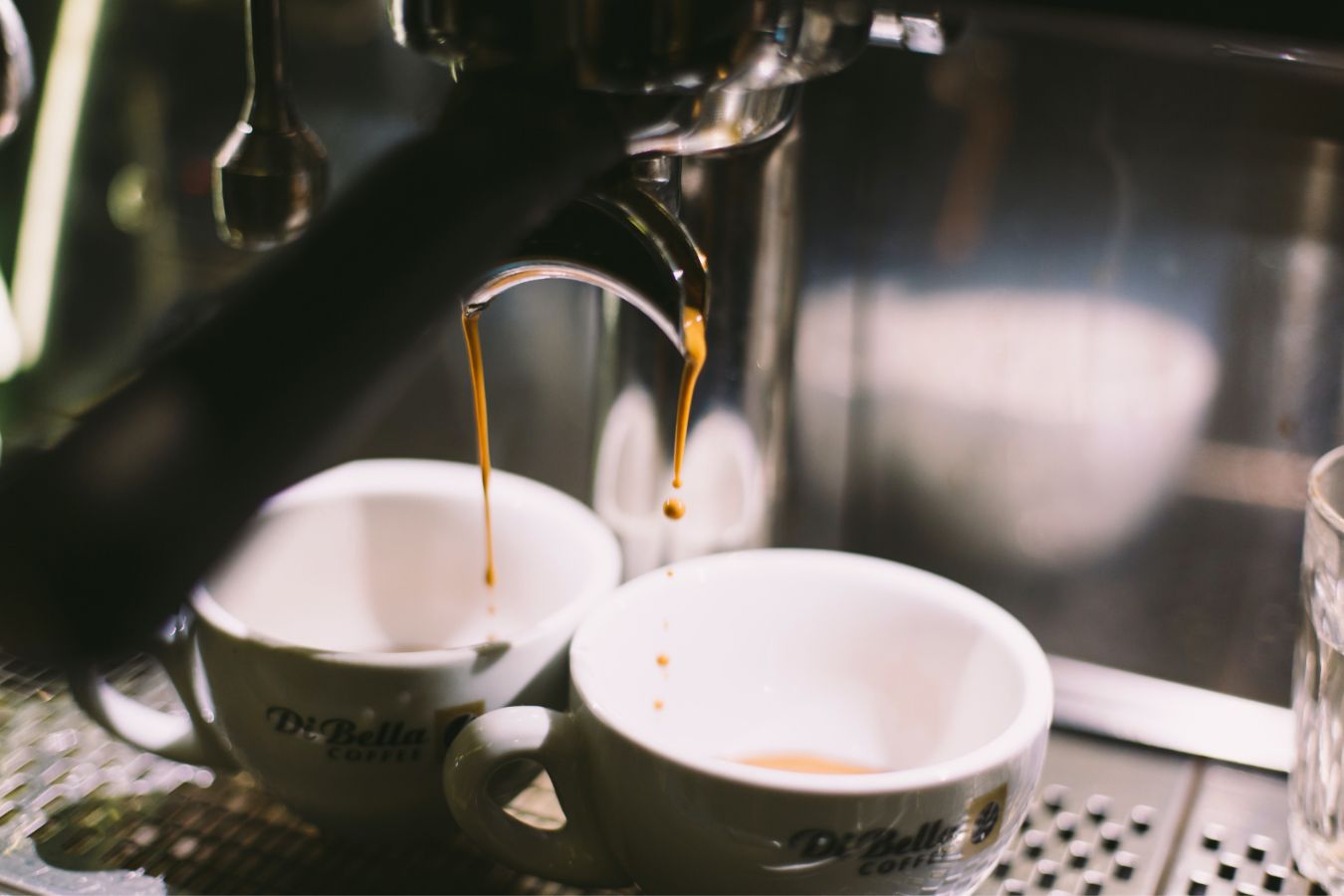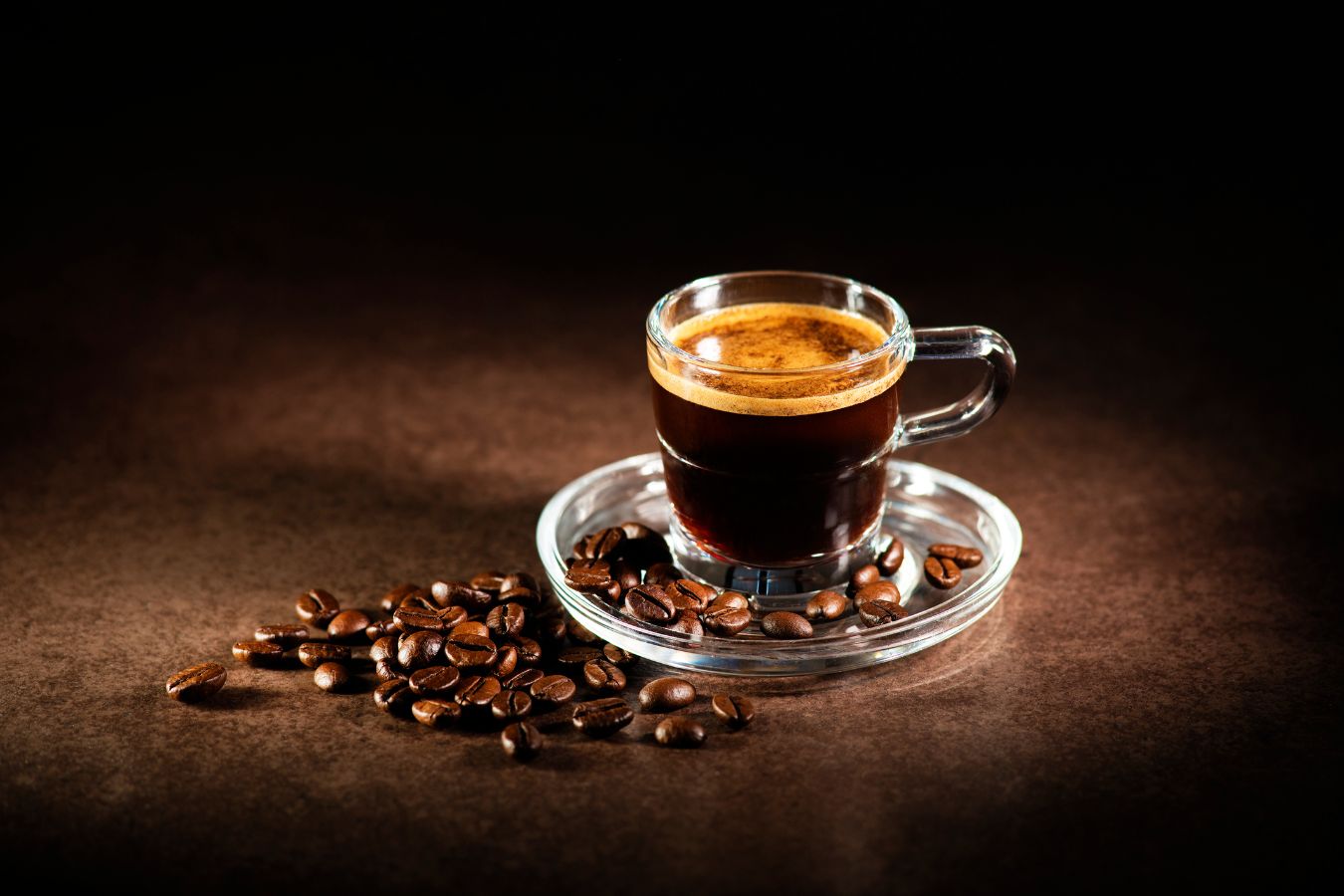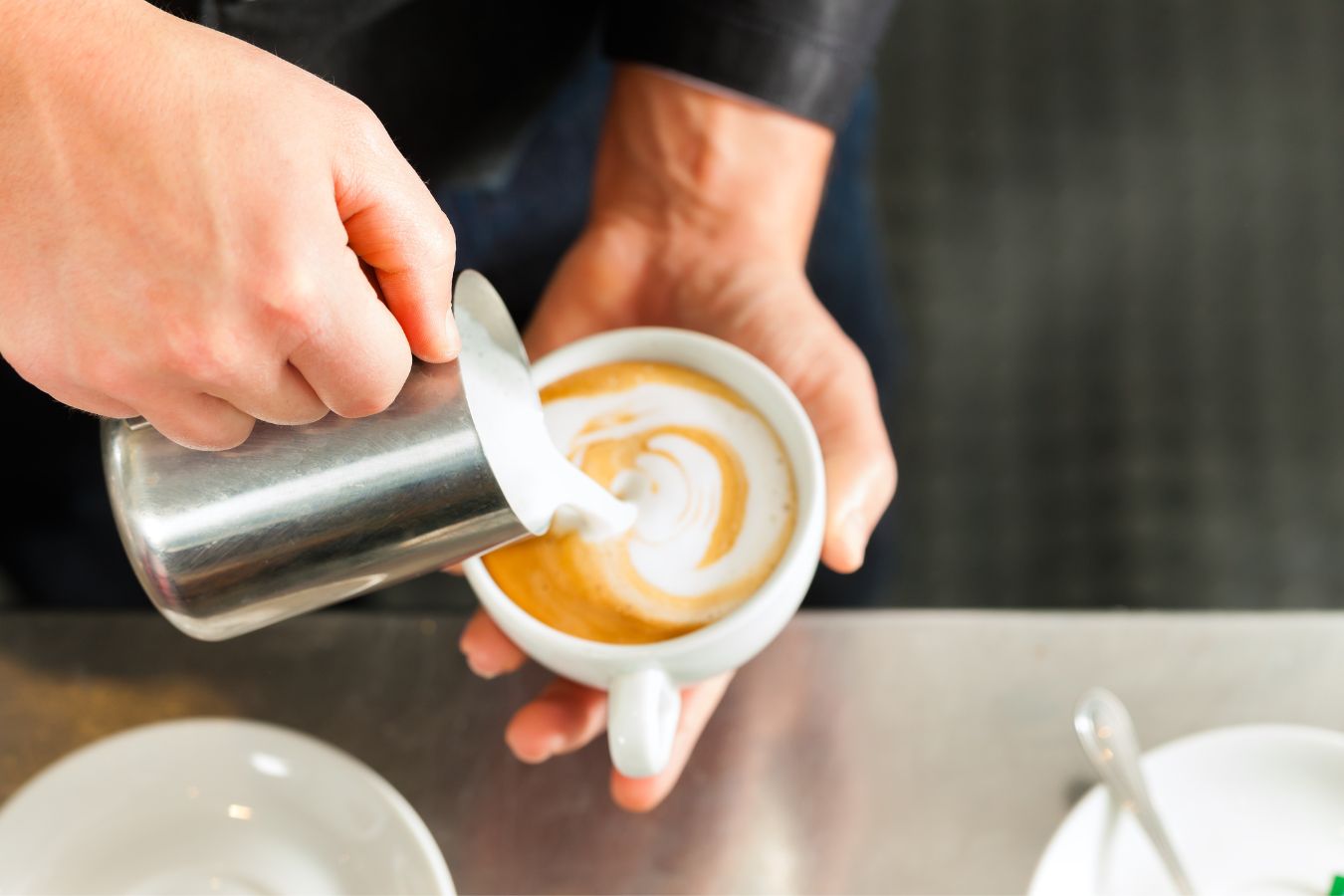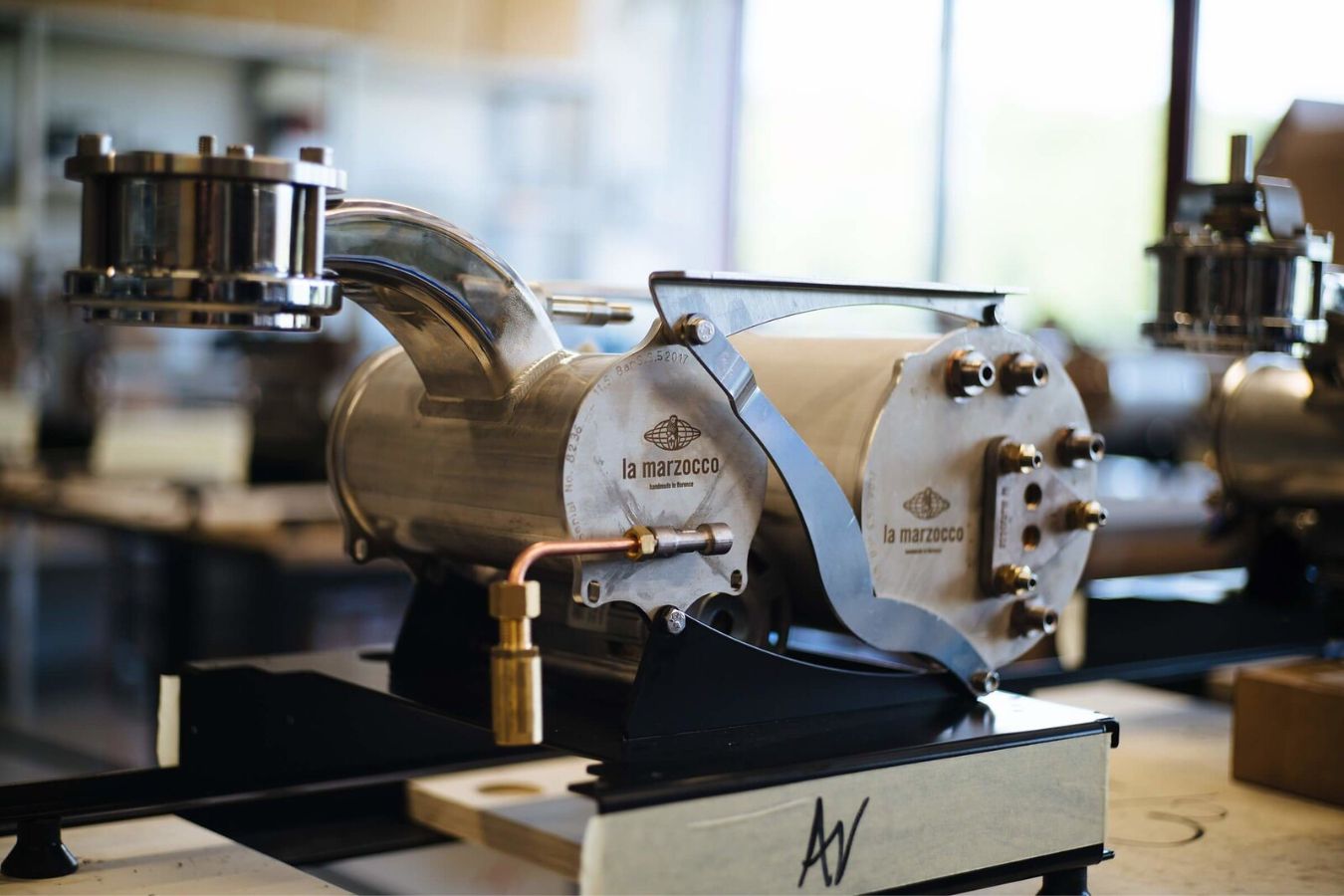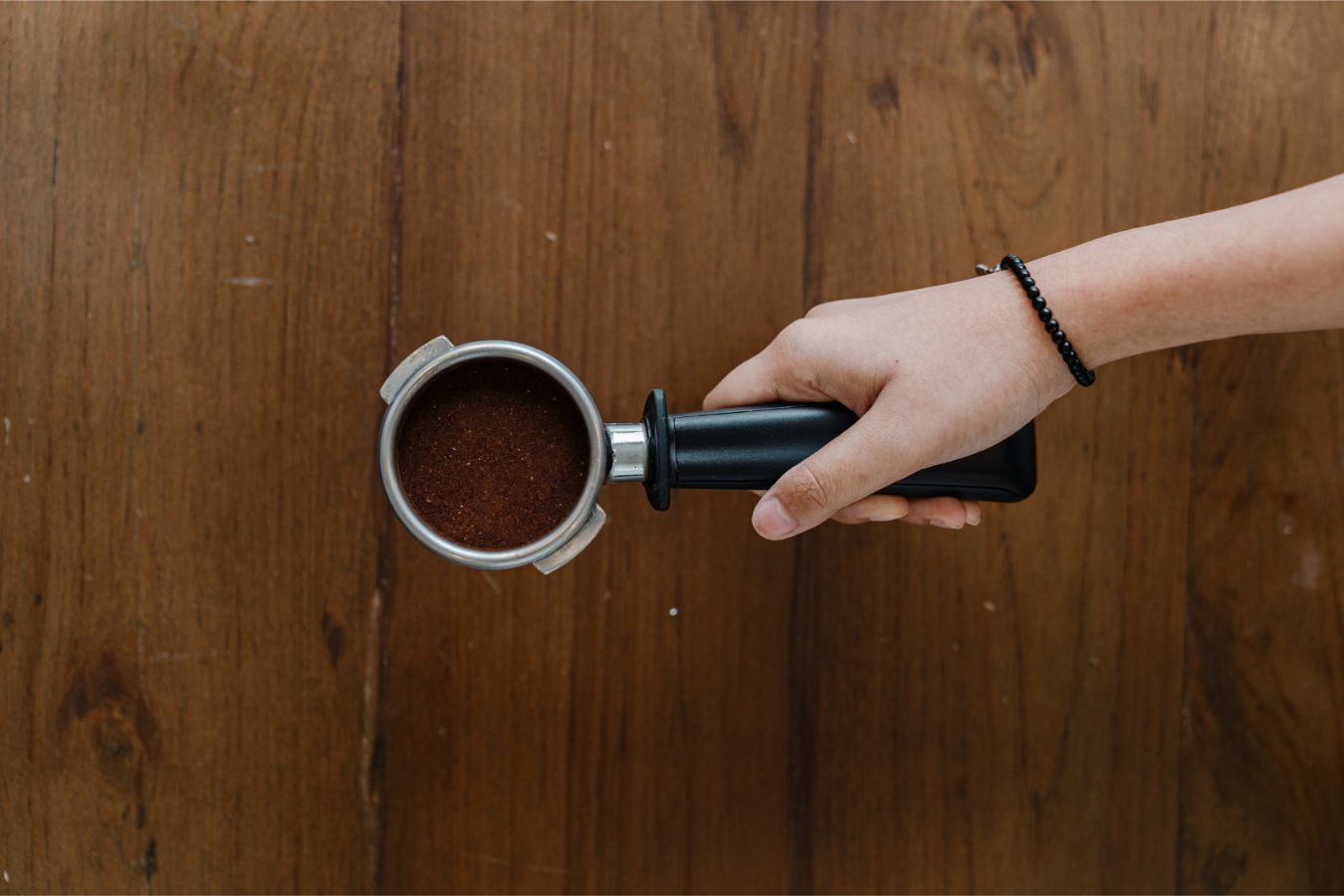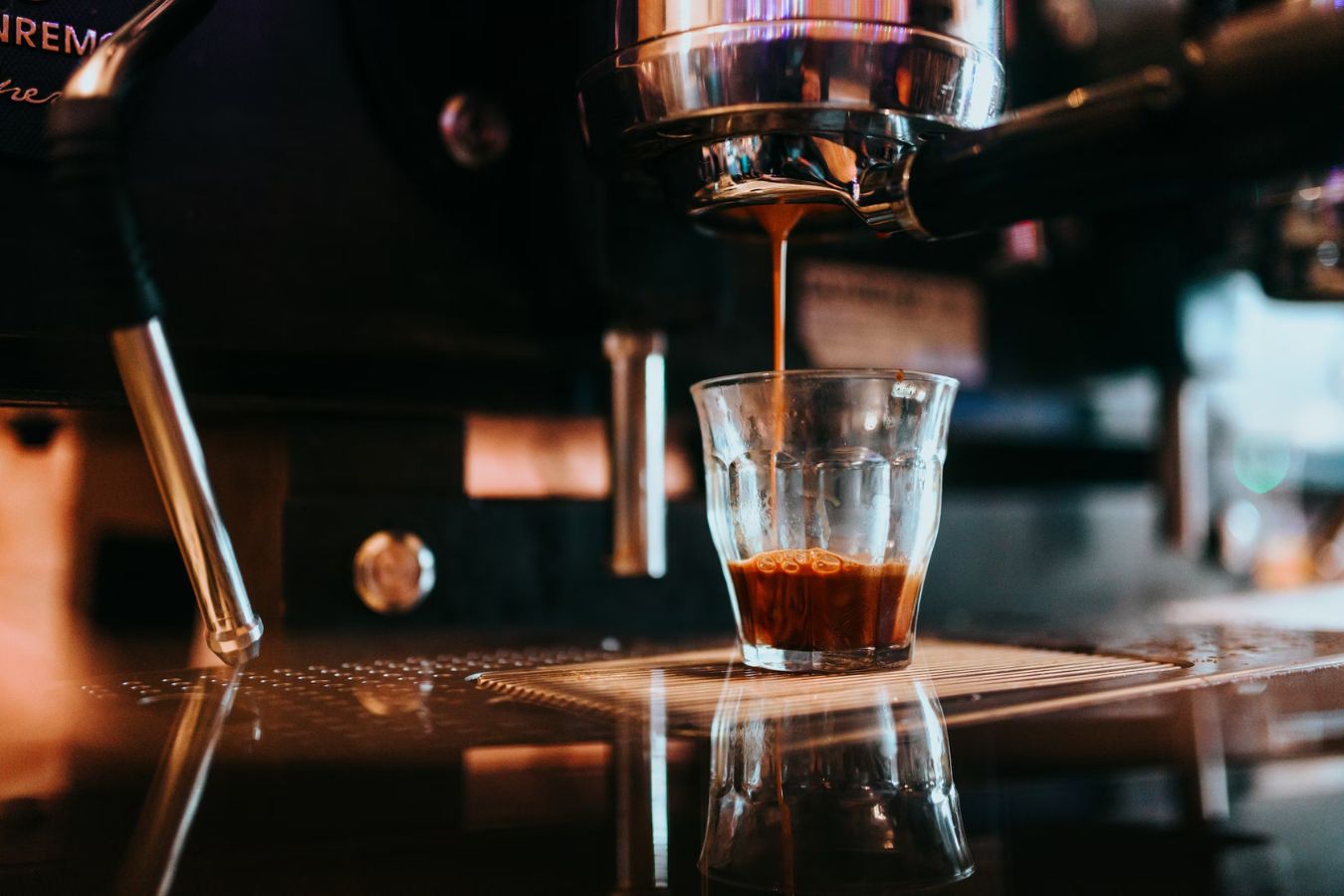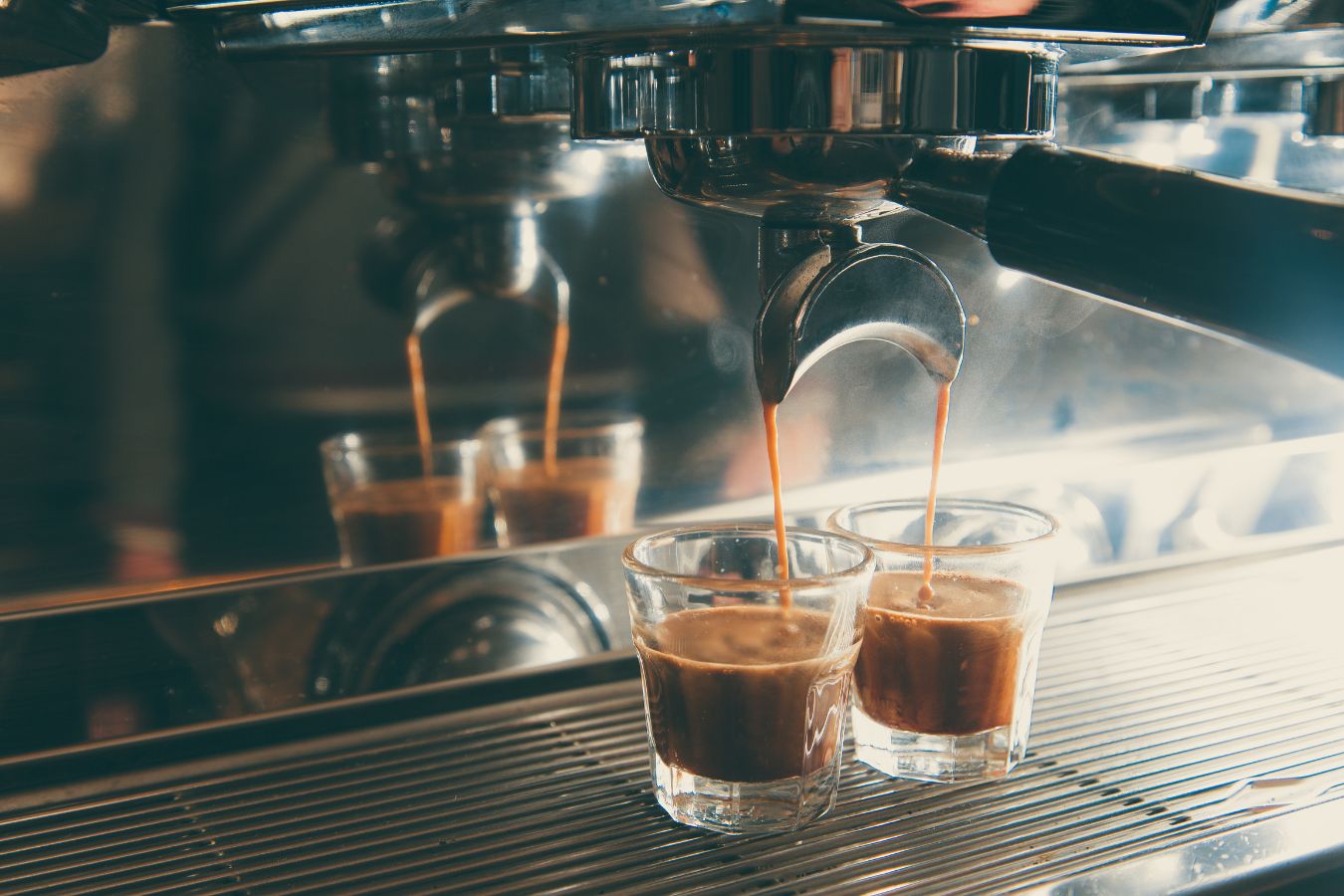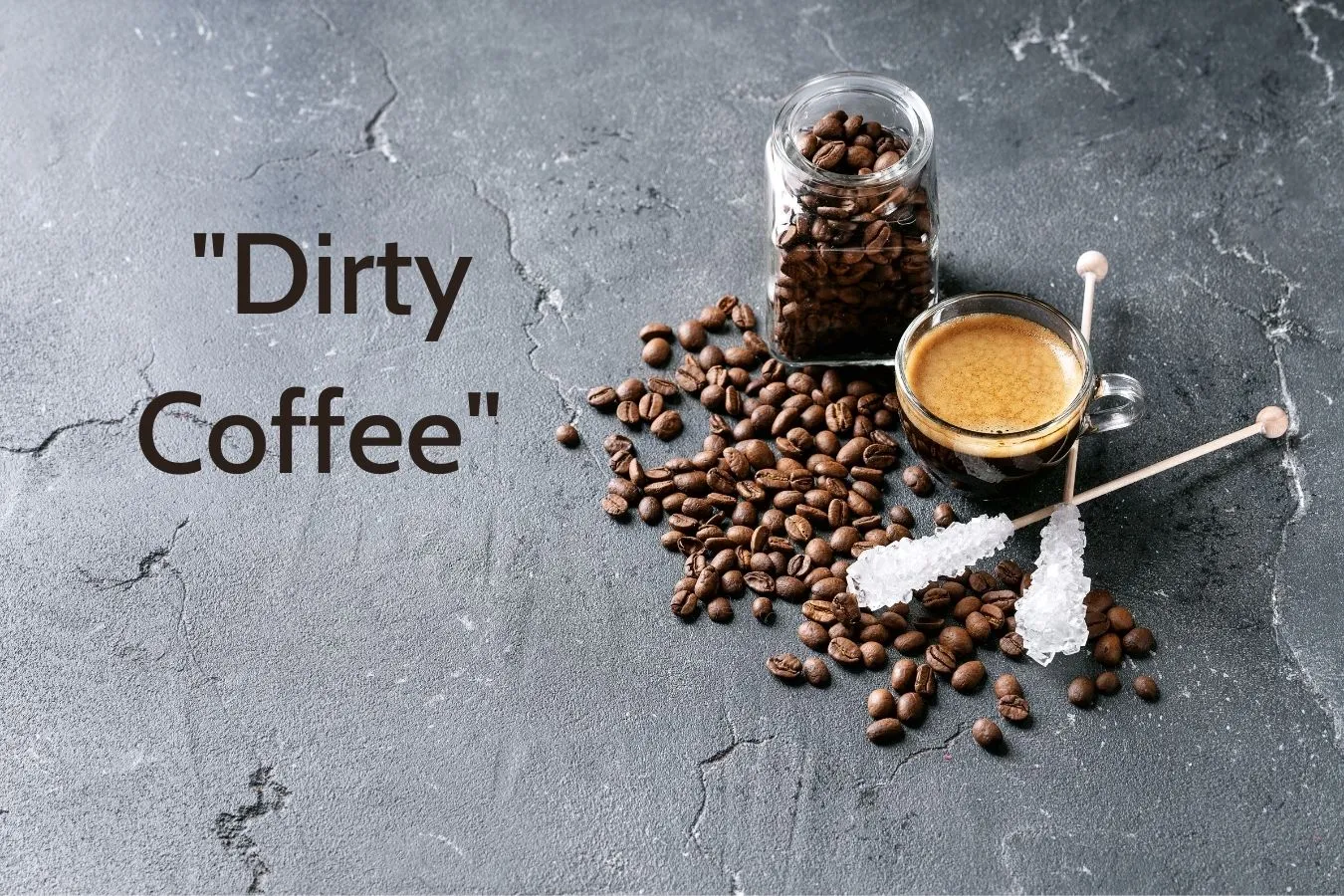 Coffee Cupping Guide
Coffee Cupping Guide Dirty Coffee – “Dirty” Coffee Captivates Many Coffee Lovers Around The World
Dirty Coffee – “Dirty” Coffee Captivates Many Coffee Lovers Around The World: You know, in the coffee world, there is a dish called “Dirty Coffee” – “Dirty” Coffee if translated into Vietnamese. It sounds a bit strange, doesn’t it! Although called Dirty Coffee – “Dirty” coffee, it captivates many diners’ worlds. Let’s find out what it is!
Dirty Coffee – What is “Dirty” Coffee?
If you read the name of this coffee, you might think it is a broken, dirty, dirty coffee …
